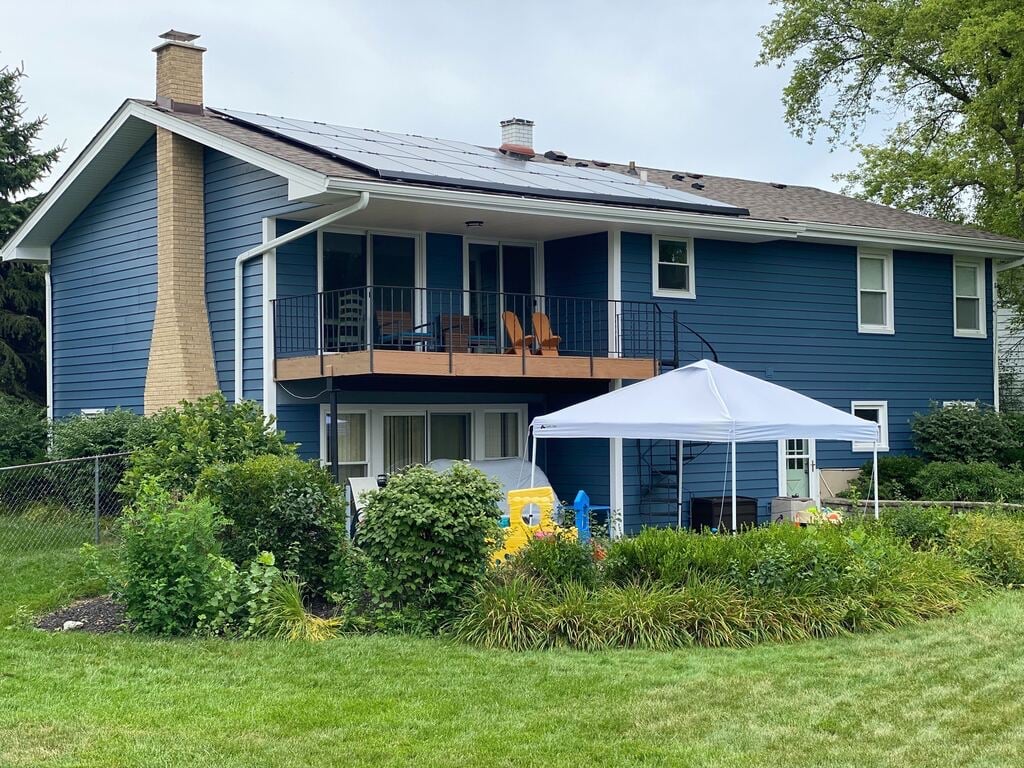Can I Still ‘Go Solar’ If My Roof Doesn’t Face South?
by Kelly Anderson, on Aug 12, 2020 8:44:00 AM

Making Sure Your Rooftop Is a Good Fit for Solar
You’ll often hear the advice that to benefit from solar panels, you need to live somewhere sunny with a south-facing roof. We’ll discredit the first point—even cities and states with gloomier weather can produce enough solar energy. In fact, extreme heat can be more harmful than beneficial to solar panels.
But what about your home’s orientation? Is it necessary to have a south-facing rooftop? In the past, we suggested south-facing houses are best for solar, but we’ll explain why the answer isn’t a clear yes or no below.
SEE ALSO: Now Is the Right Time to Buy Solar Panels
Why Do People Say Panels Should Face South?
If the sun rises in the east and sets in the west, why should it matter if your house faces north or south? Well, the sun won’t be straight over your home unless you live on the equator. In the northern hemisphere, the sun moves at a slight arch with a southern offset. Therefore, the general practice has been to install solar panels facing south to capture the most sunlight.
What If My House Doesn’t Face South?
Even if your panels don’t face directly south, your system can still produce large amounts of electricity. If your house is oriented east or west, you will only see a 20-percent decrease in energy produced. Despite this decrease in performance, your panels can still generate enough power to save you hundreds of dollars each year.
How Do Panel Angles Affect Performance?
Panels are usually installed at a 30 to 40-degree angle, depending on the latitude of your house (how far north you are). This ensures that sunlight hits your system at a perpendicular angle to create the most energy. Some roofs have the perfect slope that allows panels to stay flush against the surface. Steeper or flatter roofs might require a mounting system to help arrange solar modules at the best angle. A 30 or 40-degree angle will also help snow slide off in the wintertime.
Are you ready to see if your house is a fit for solar and get started on your own system? Contact Summit Solar to discuss your home and goals today.
We’re based in Illinois, South Carolina, North Carolina, Georgia, and California, and offer white-glove service to ensure you get the most out of your system without any hassle.



